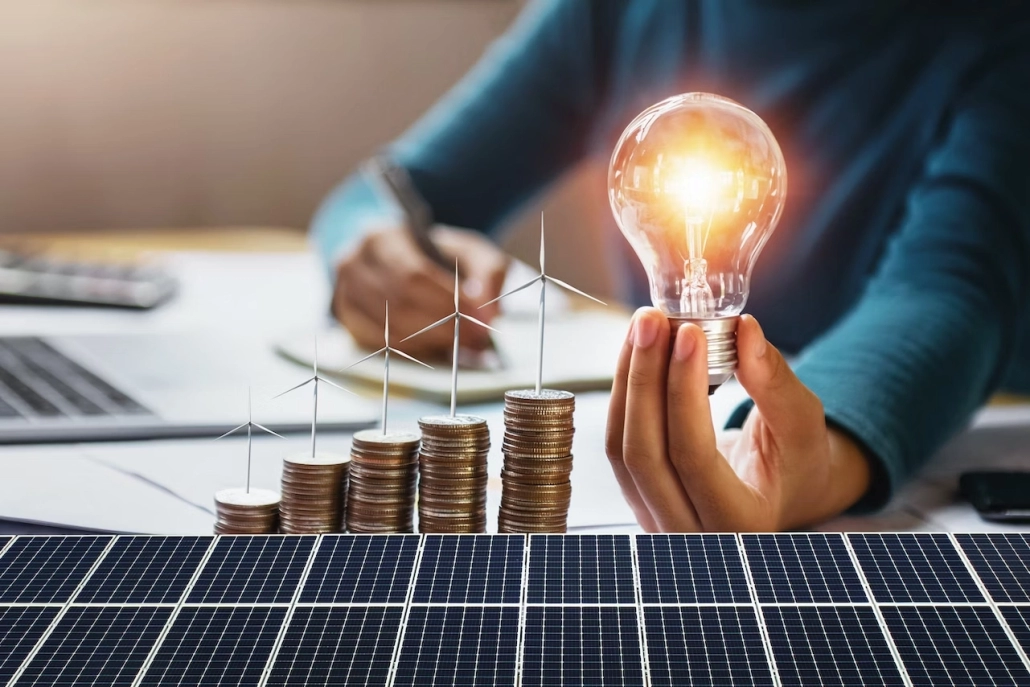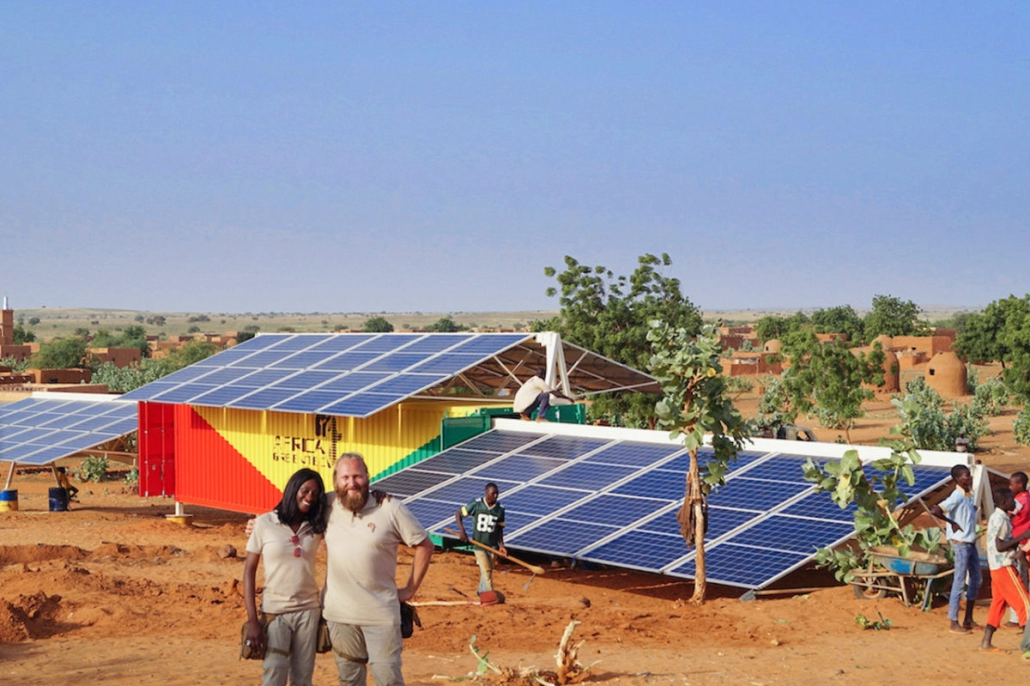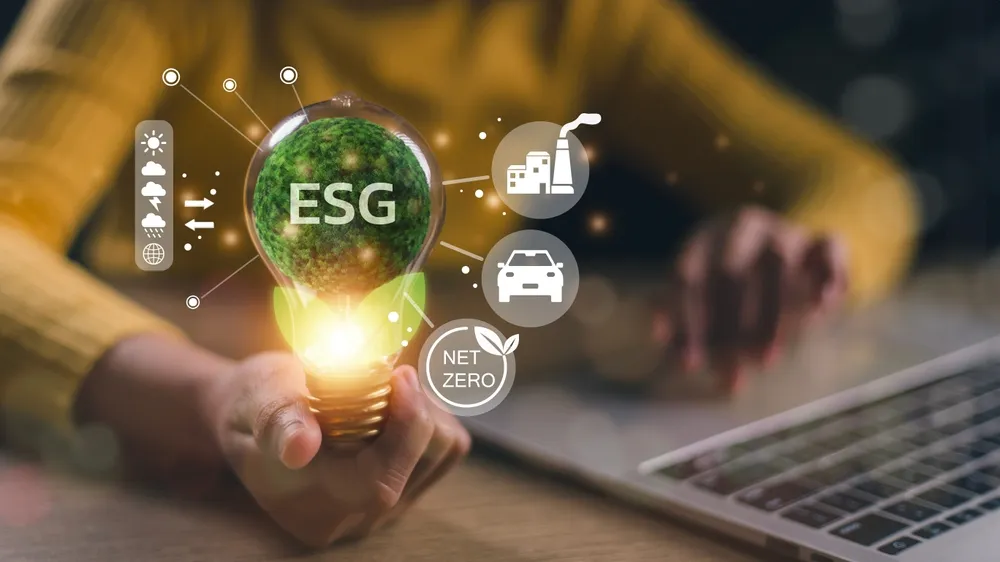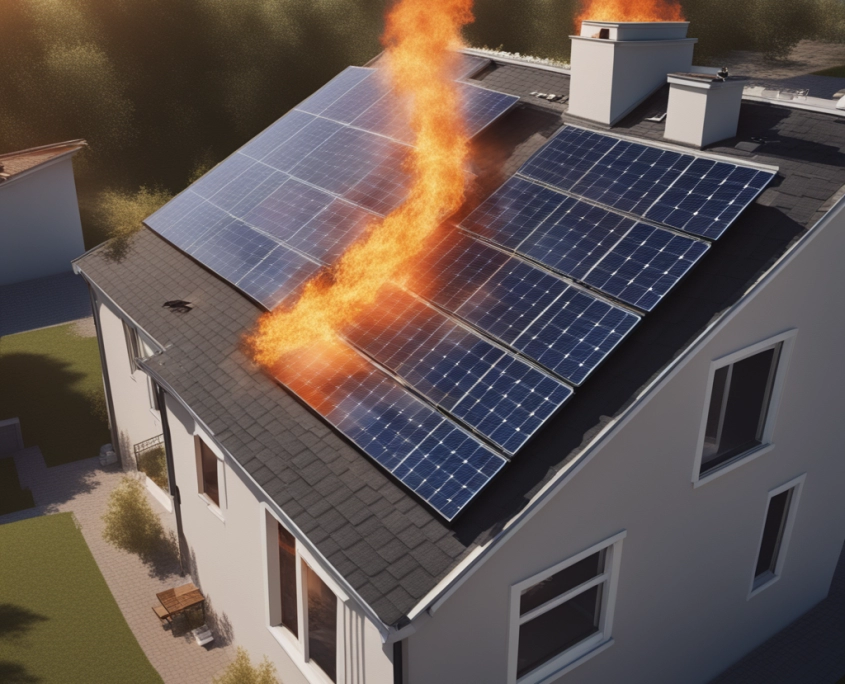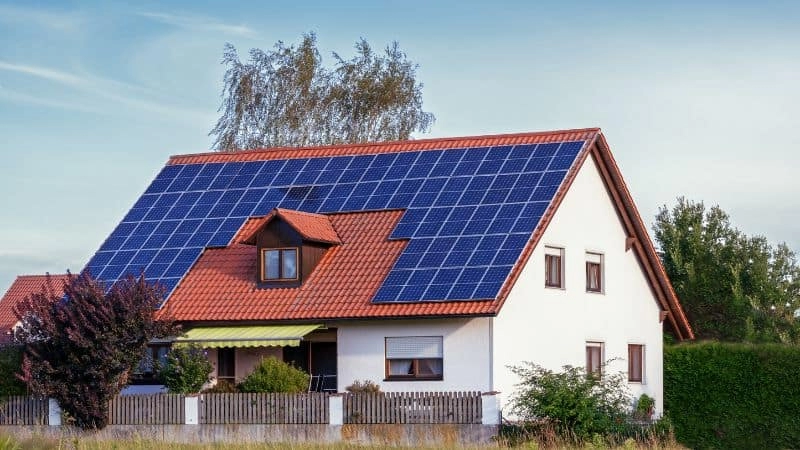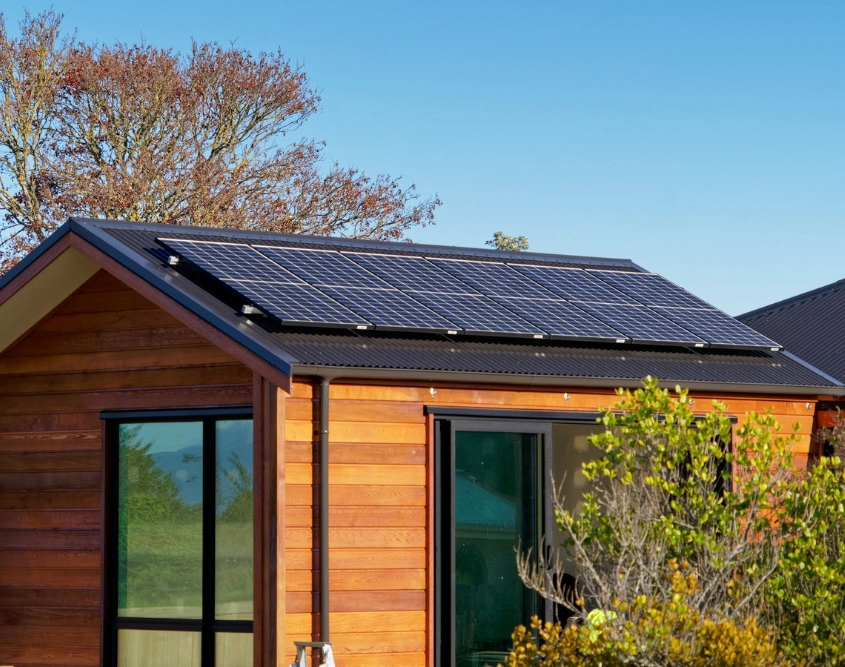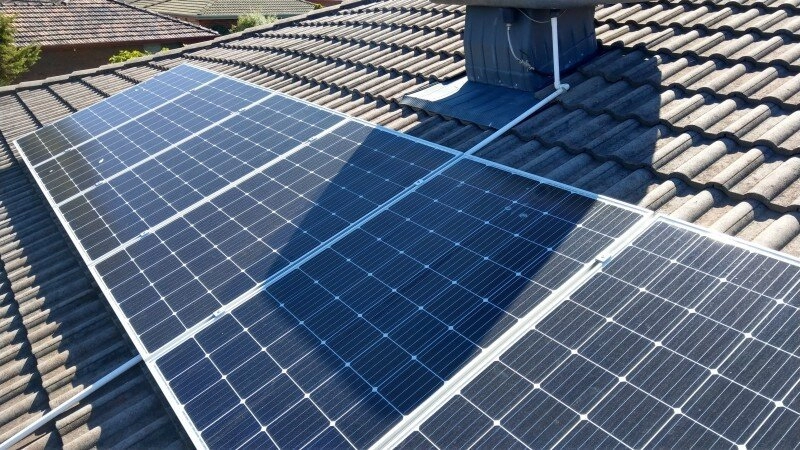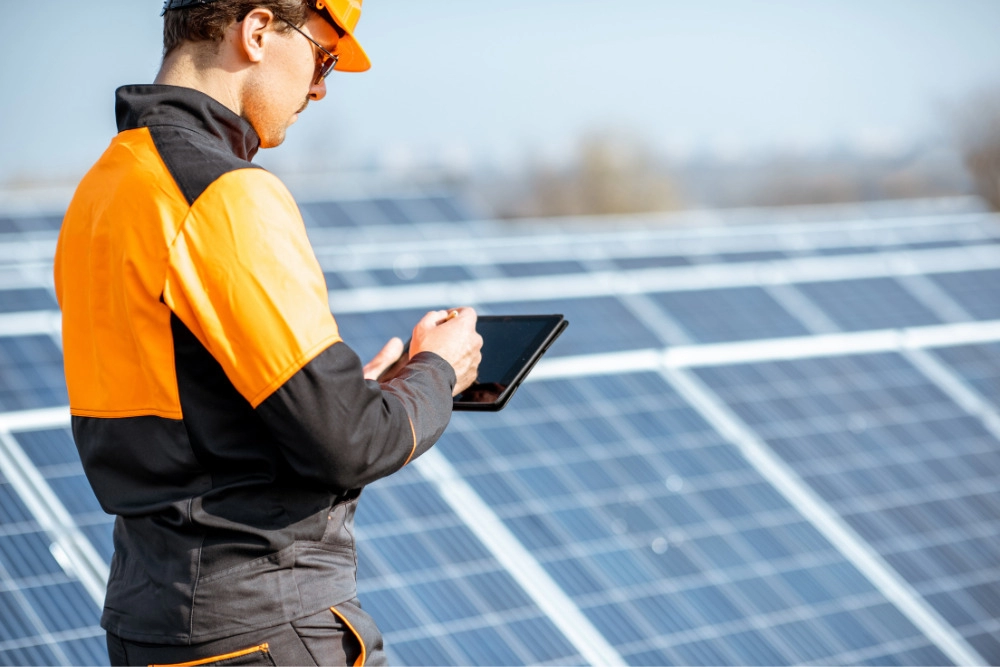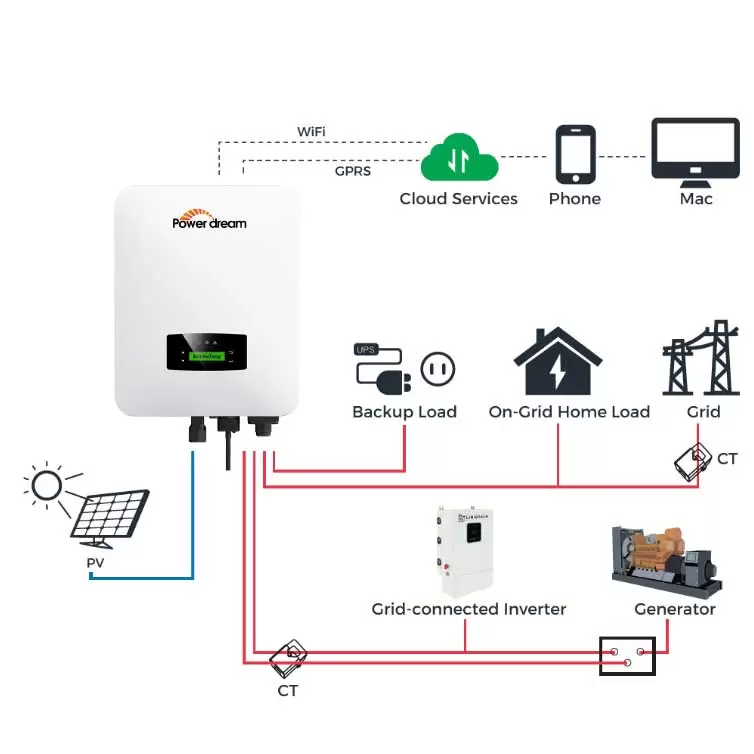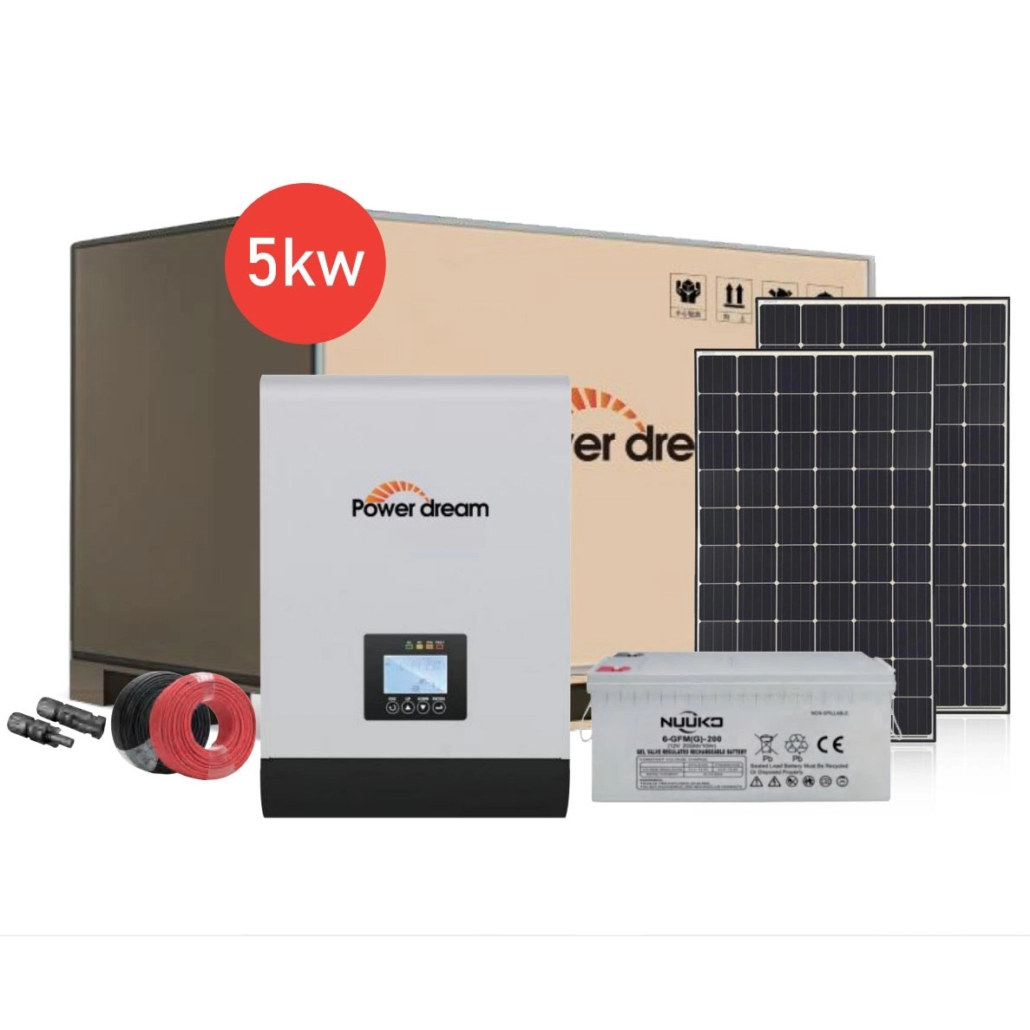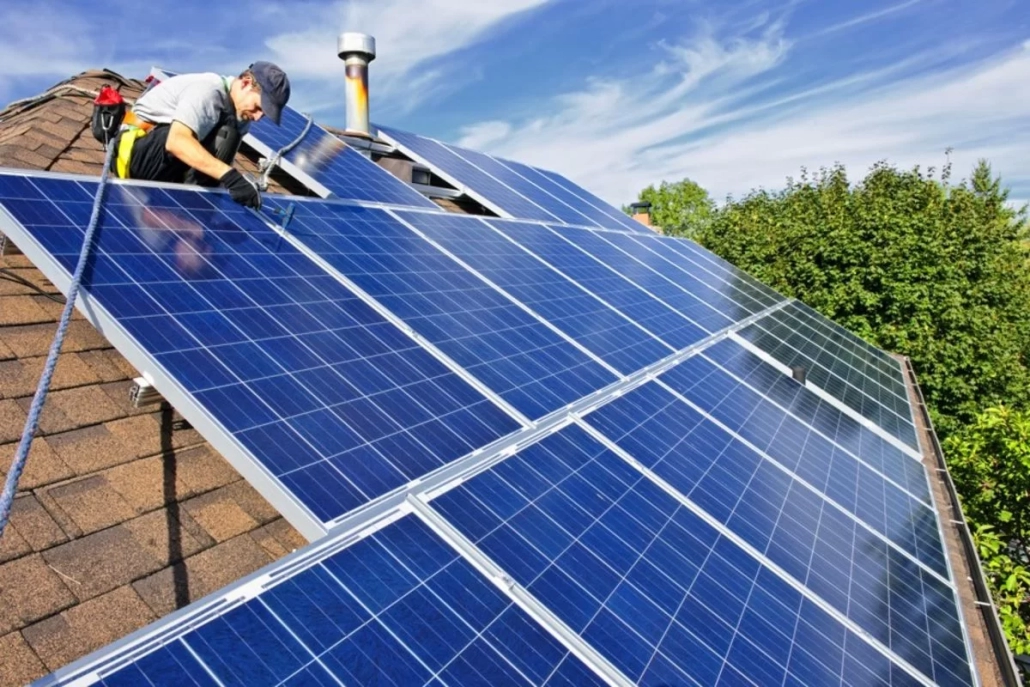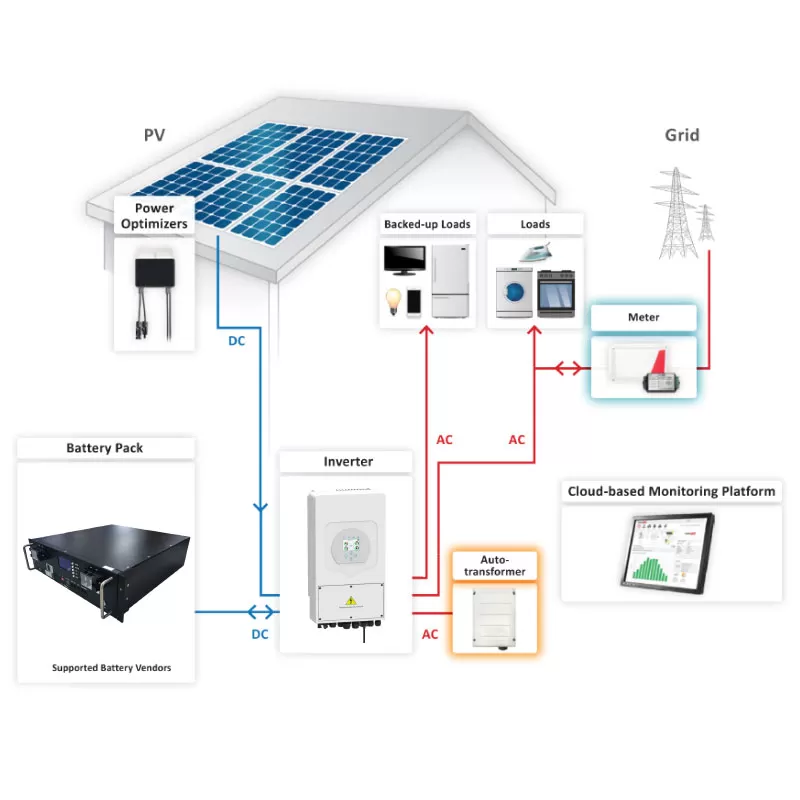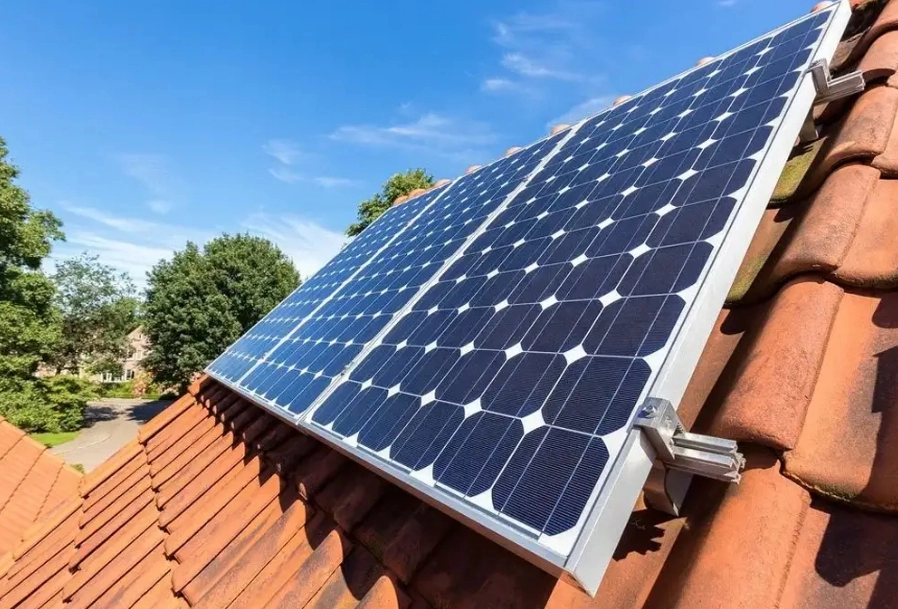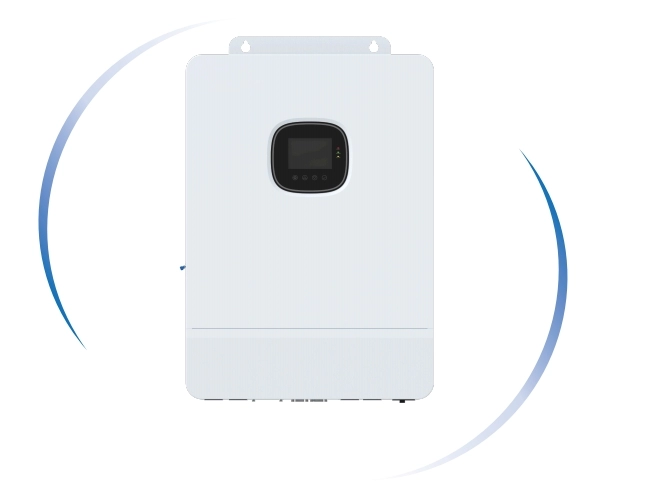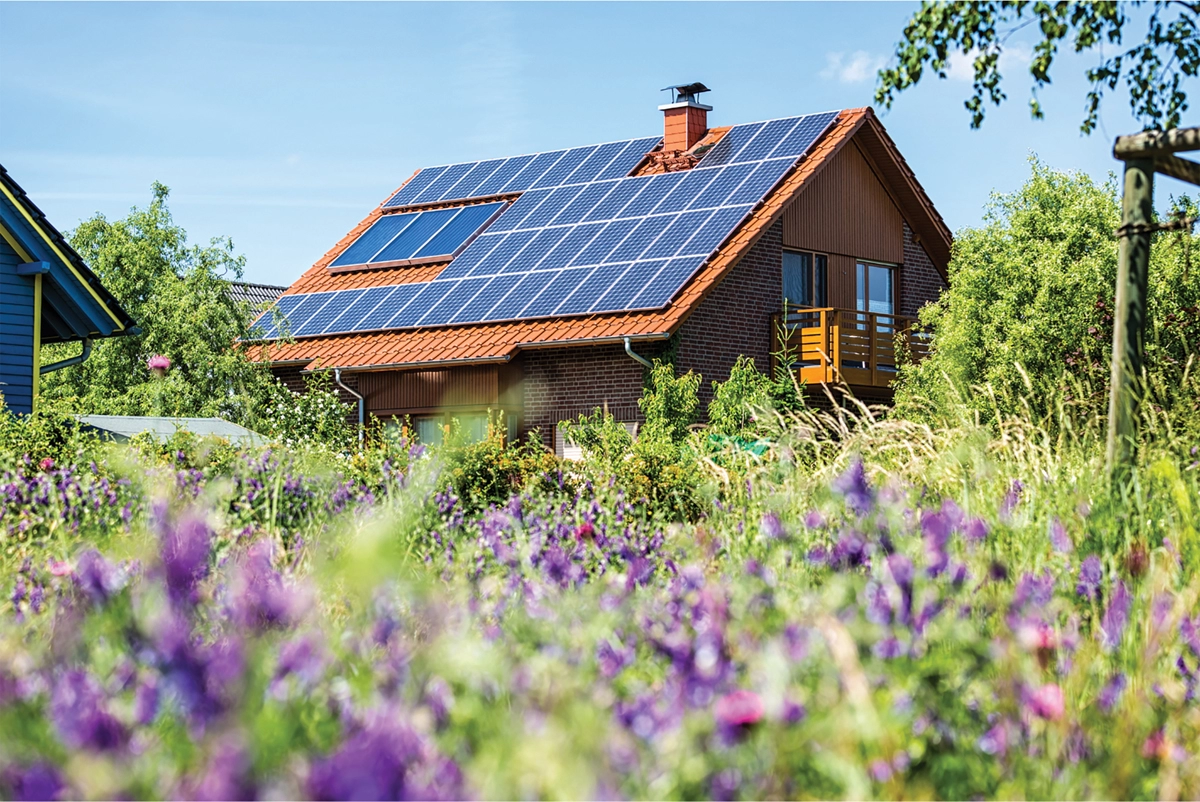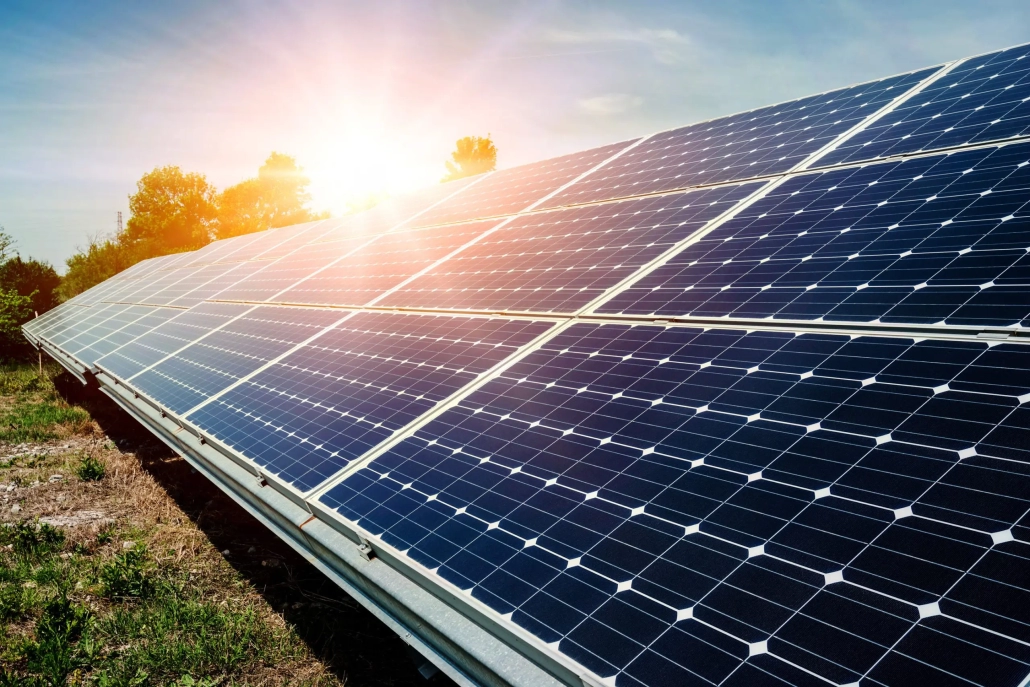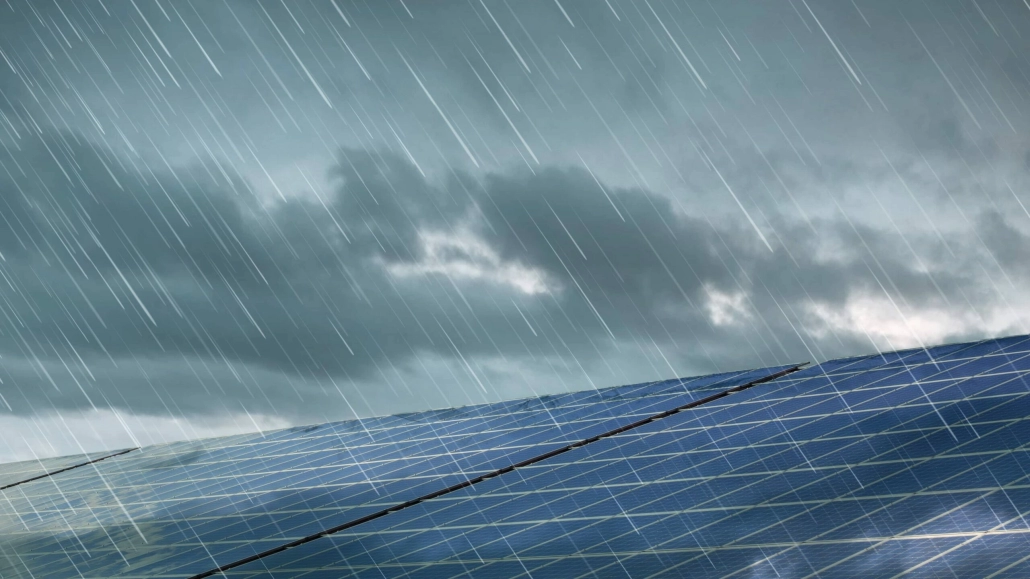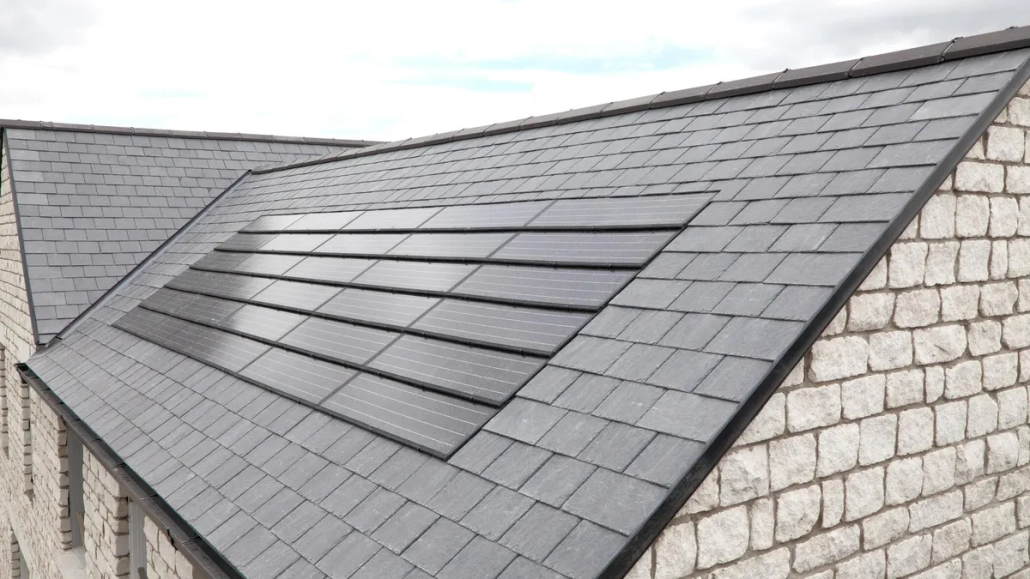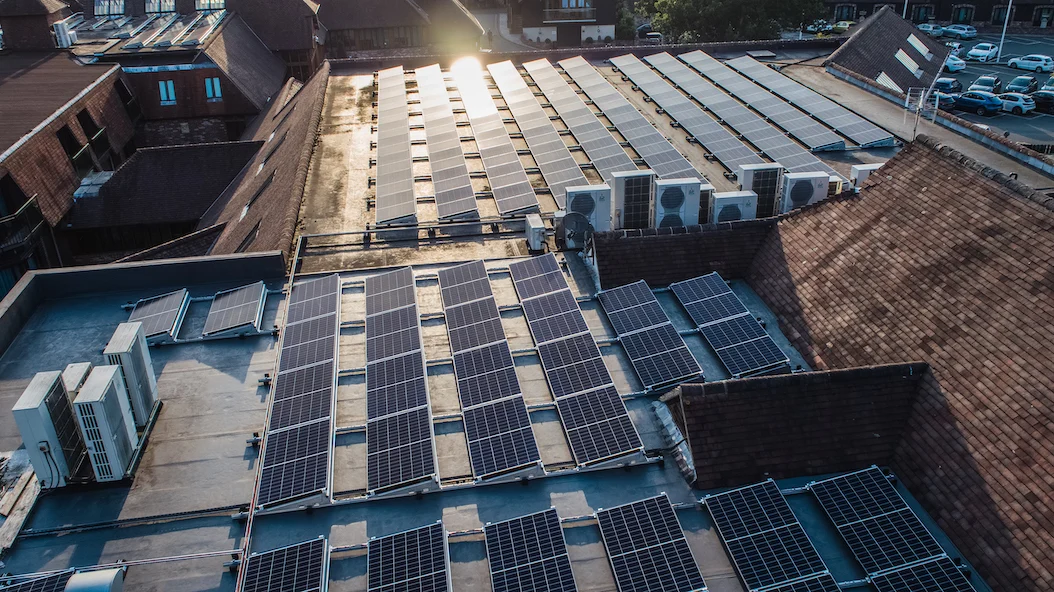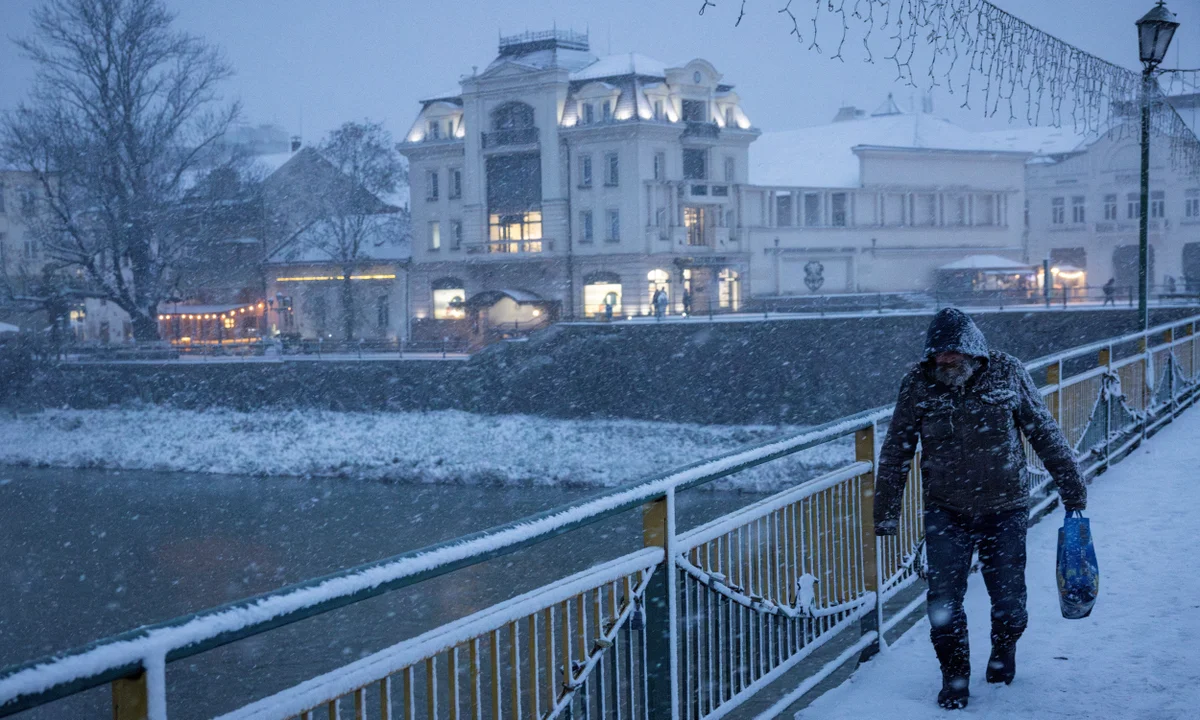How to improve the brightness of solar outdoor flood light?
In an era of renewable energy and sustainable lighting solutions, solar outdoor flood lights have become popular for illuminating large areas such as parking lots, sports fields, and public places. However, many users often face challenges in achieving optimal brightness for these systems, a key performance indicator that affects visibility and safety. It plays a vital role in solar lighting systems’ overall energy efficiency and cost-effectiveness. This guide will tell you how to improve the brightness of solar outdoor flood light from a manufacturer’s perspective. We will share several strategies and best practices related to panel quality and configuration, battery capacity, LED technology, installation optimization, and regular maintenance with you.
Choose solar outdoor flood light with high-quality LED modules and components
One of the most fundamental factors affecting the brightness of solar outdoor flood light is the quality of their LED modules and other key components. High-performance LEDs can convert electrical energy into light energy more efficiently than standard bulbs, achieving higher brightness. In addition, the energy efficiency of high-performance LEDs makes solar outdoor flood lights with high-performance LED lamp beads very durable. In addition, the quality of key components, such as drivers and heat sinks, directly affects the brightness of solar outdoor floodlights. An efficient LED driver can maintain the steady current and voltage levels required for optimal operation. Thermal management is another critical aspect; using a high-quality heat sink can keep the LED temperature within the optimal range, thus avoiding efficiency losses due to overheating.
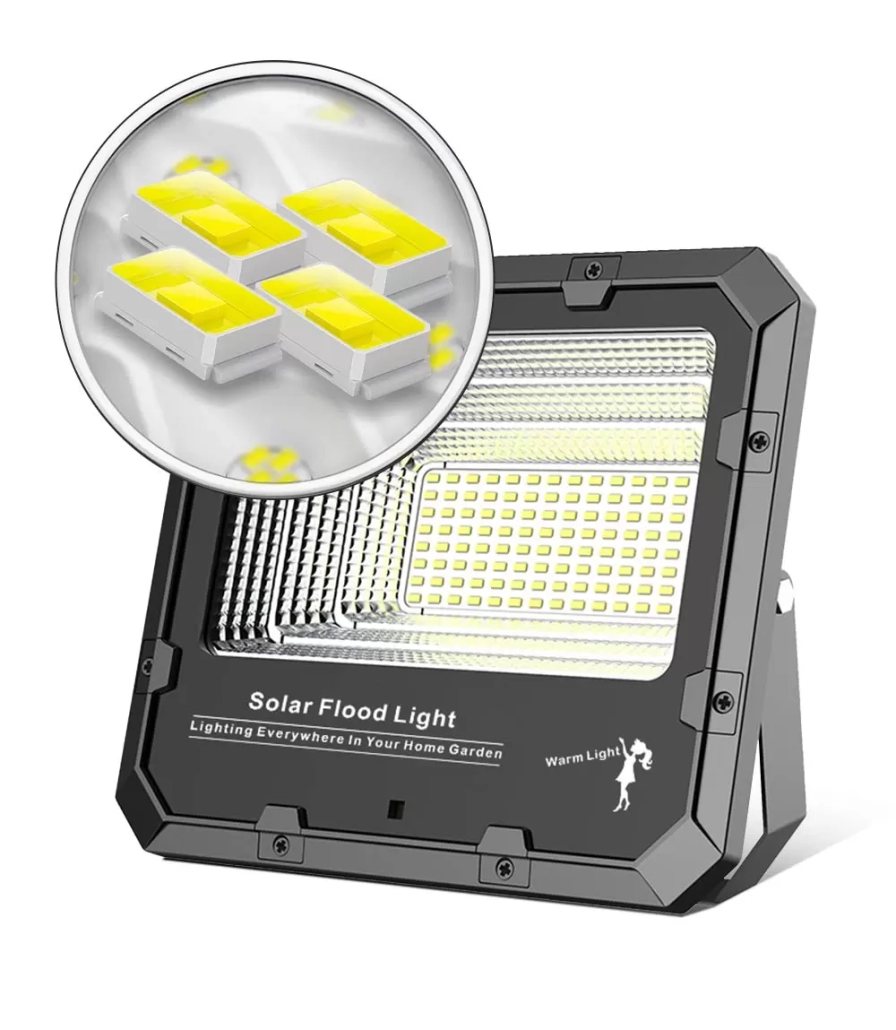
Maximize the efficiency and orientation of solar panels
Solar panels are the power source that drives solar outdoor flood lights, and their efficiency directly affects the system’s brightness. For optimal brightness, high-quality PV panels with high conversion efficiency ensure that the maximum amount of sunlight is converted into usable electrical energy. This electrical energy, in turn, powers the LED modules, making the light brightness dependent on the panels’ efficiency in capturing and converting solar radiation.
In addition, we can also strategically adjust and optimize the orientation and tilt of solar panels. For maximum energy output, the panels should face the sun at the best angle relative to your location. This usually requires adjusting the tilt of the panels throughout the year to accommodate seasonal changes in sunlight. At the same time, ensuring that the solar panels are free of shading, dust, and debris for regular cleaning and maintenance is essential to prevent a drop in power generation. By optimizing the settings of the solar panels, you can ensure that your solar outdoor floodlights receive a stable power source.
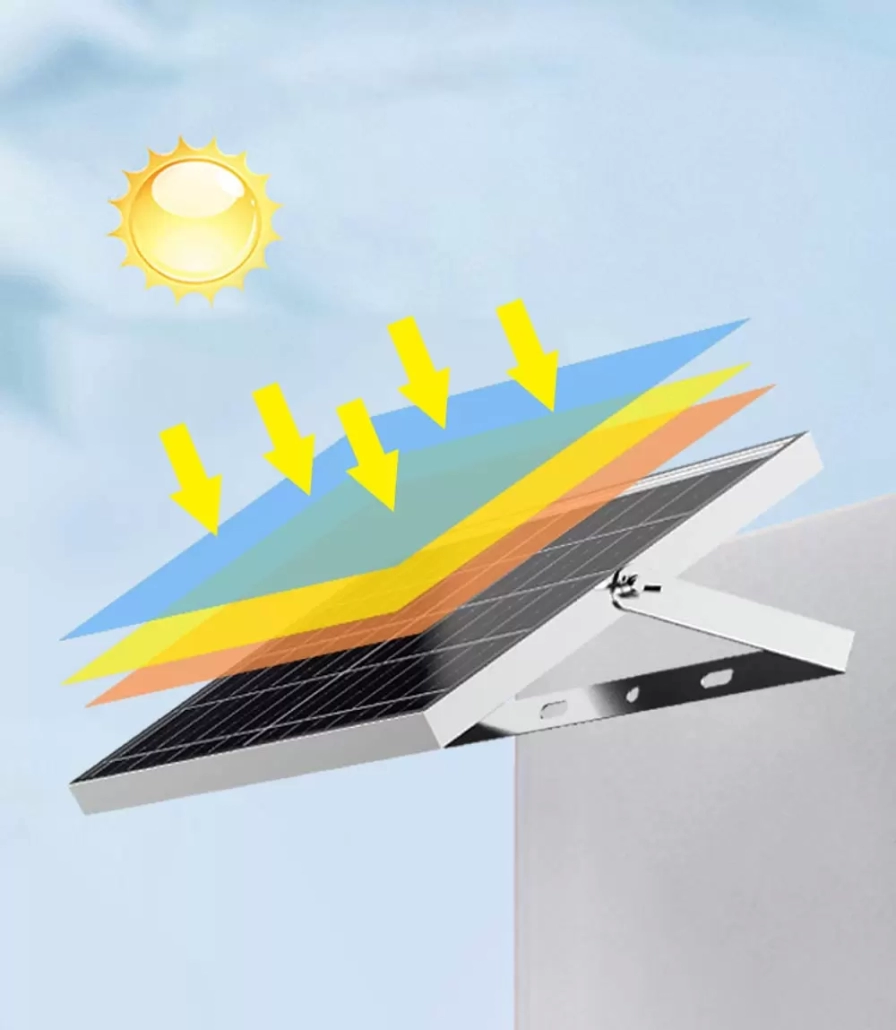
Enhance Battery Capacity and System Energy Storage for solar outdoor flood light
Batteries store the energy generated by solar panels during the day and then power the LEDs when there is insufficient sunlight or at night. Insufficient battery capacity results in insufficient energy storage, resulting in dim light output or shortened working time. So, to improve brightness and ensure longer service life, you can choose batteries with sufficient capacity, high charge and discharge efficiency, and long cycle life.
Generally speaking, LiFePO₄ or high-quality lithium-ion batteries can store more energy without significantly increasing size or weight. In addition, it is crucial to implement a suitable BMS to maximize battery life and ensure stable performance. A well-calibrated BMS can regulate the charge and discharge cycles and protect the battery from overcharging deep discharge and extreme temperatures. This can achieve a more stable energy output, which directly affects the brightness of the solar outdoor flood light.
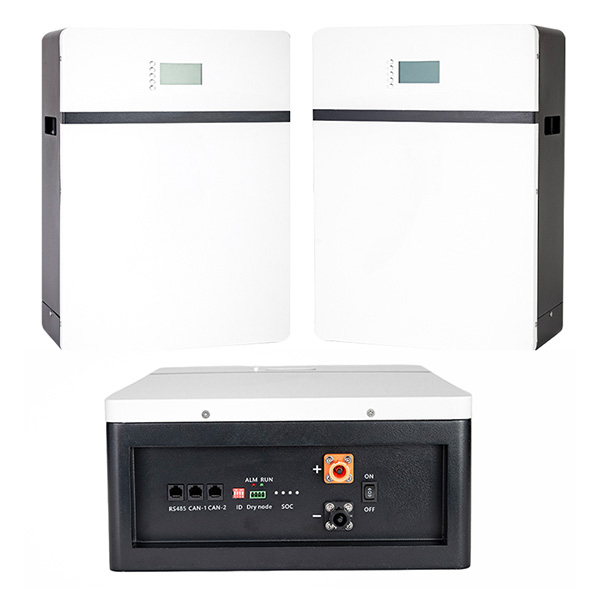
200Ah Solar Storage: Act Fast, Savings Slip Away In A Flash!
Optimize inverter and charge controller performance
Inverters and charge controllers are key components that control the conversion of solar energy into usable energy for LEDs in solar outdoor flood lights. Poor performance of inverters or charge controllers will result in energy loss, directly reducing the brightness of the flood light. It is crucial to use an inverter with high efficiency and stable output performance to improve brightness. Additionally, modern charge controllers equipped with MPPT technology can adjust input parameters in real-time to ensure that solar panels operate at peak efficiency and collect energy efficiently. It is also critical to calibrate and maintain these devices regularly. We must ensure that the inverter and charge controller operate within their specified parameters to prevent system inefficiencies from causing dim light output. Optimizing these components helps build a more efficient overall system, allowing solar outdoor floodlights to provide brighter and more reliable lighting.
Fine-tuning system configuration and control settings
Of course, the optimal brightness of a solar outdoor flood light depends on the quality of the individual components and the overall system configuration and control settings. Fine-tuning these settings includes adjusting parameters such as LED current, PWM frequency, and power output settings to ensure efficient solar and battery energy use. Operators should consider regular adjustments to system configuration based on performance data and operational feedback. Utilizing a monitoring system that provides real-time data on power consumption, battery voltage, and LED current can help identify areas where the system may be performing poorly. By analyzing this data, technicians can adjust control settings to maximize brightness while avoiding overdriving the LEDs and preventing premature LED aging. In essence, fine-tuning the system configuration is a dynamic process that allows for continuous improvement, adapting the system to changes in environmental conditions and wear and tear over time.
Achieving Optimal Brightness
Improving the brightness of solar outdoor flood lights requires a comprehensive approach that covers multiple key factors, from high-quality LED modules and efficient solar panels to powerful battery capacity, advanced inverters, and optimized control systems. Each component and configuration setting ensures the system operates at peak efficiency and provides bright and reliable lighting even in various conditions. The potential of solar outdoor floodlights can be maximized through material selection, surface treatment, installation, etc.

